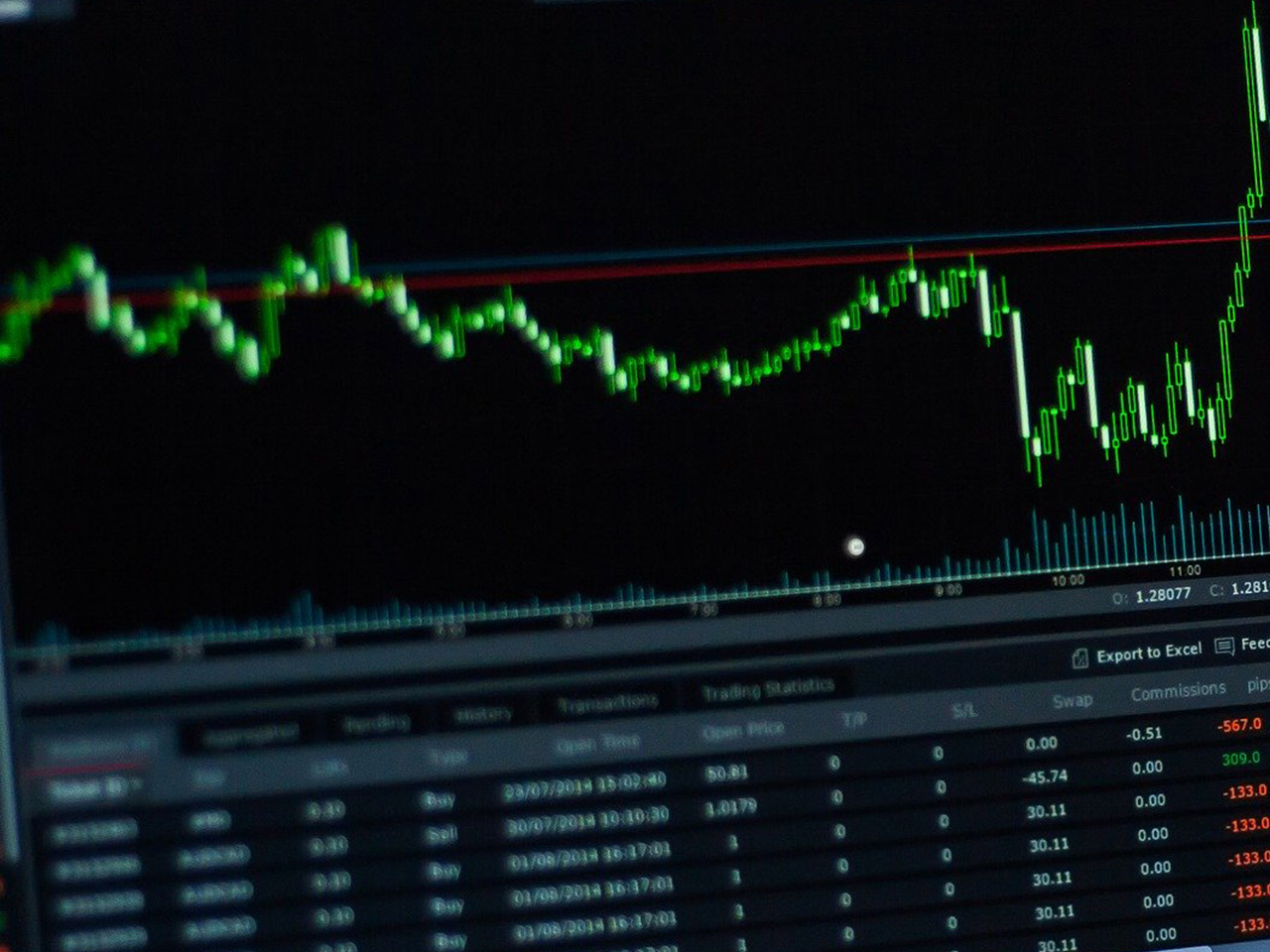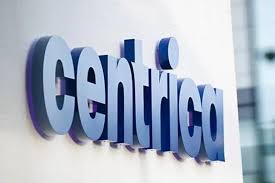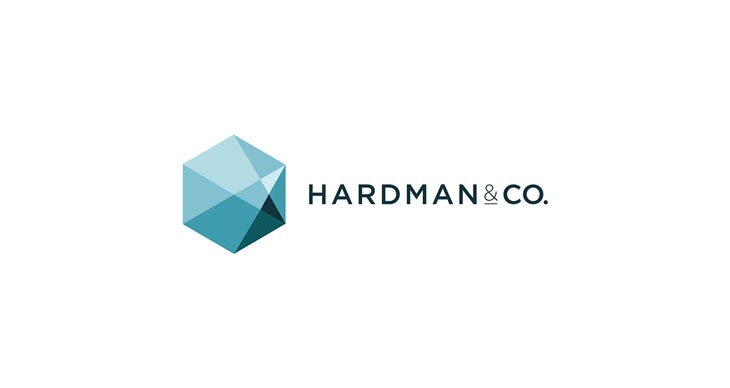Eli Lilly and Company (NYSE: LLY) stands as a formidable player in the healthcare sector, particularly within the general drug manufacturing industry. With a staggering market capitalization of $628.62 billion, this Indianapolis-based pharmaceutical giant has been making headlines with its robust portfolio of products and innovative therapies. Notably, Eli Lilly’s operations span the globe, with a strong presence in the United States, Europe, China, and Japan.
As of the latest trading session, Eli Lilly’s stock is priced at $701.23, experiencing a modest increase of 0.03% or $18.30. Investors have witnessed a volatile year, with the stock trading in a 52-week range of $625.65 to $960.02. Despite recent fluctuations, analyst sentiment remains strong, with a notable potential upside of 27.74% based on an average target price of $895.77. This bullish outlook is further supported by the consensus of 22 buy ratings, 6 hold ratings, and only 1 sell rating.
Eli Lilly’s financial performance underscores its growth trajectory, highlighted by an impressive revenue growth rate of 37.60%. The company’s earnings per share (EPS) stands at $15.29, and it boasts a remarkable return on equity (ROE) of 86.29%. However, the company faces challenges with its free cash flow, reporting a negative figure of -$2.27 billion. This could be a point of concern for investors seeking stability in cash flow metrics.
The company’s valuation metrics present a mixed picture. While the forward P/E ratio is a reasonable 23.10, several other valuation ratios are not available, which may introduce some uncertainty in assessing the stock’s full valuation landscape. Nevertheless, Eli Lilly’s dividend yield of 0.86% and a payout ratio of 36.60% offer additional appeal for income-focused investors.
From a technical standpoint, Eli Lilly’s stock shows a 50-day moving average of $764.06 and a 200-day moving average of $793.43. The Relative Strength Index (RSI) at 45.06 suggests that the stock is neither overbought nor oversold, offering a neutral stance for technical traders. The MACD indicator at -30.25, with a signal line of -24.61, might hint at some bearish momentum, yet this could present buying opportunities for long-term investors who believe in the company’s fundamental strengths.
Eli Lilly’s diverse portfolio includes treatments for diabetes, oncology, autoimmune diseases, and neurological disorders, among others. Key products such as Trulicity, Jardiance, Taltz, and Cymbalta underpin its market-leading position. Strategic collaborations with renowned entities like Incyte Corporation and Boehringer Ingelheim Pharmaceuticals further enhance its R&D capabilities and growth prospects.
Investors eyeing Eli Lilly will do well to monitor its strategic initiatives and financial health closely. While the negative free cash flow is a point to watch, the company’s robust market presence, innovative product line, and promising growth figures make it a compelling consideration for portfolios focused on long-term growth in the healthcare sector. With analysts predicting significant upside potential, Eli Lilly remains a stock to watch in the coming quarters.








































